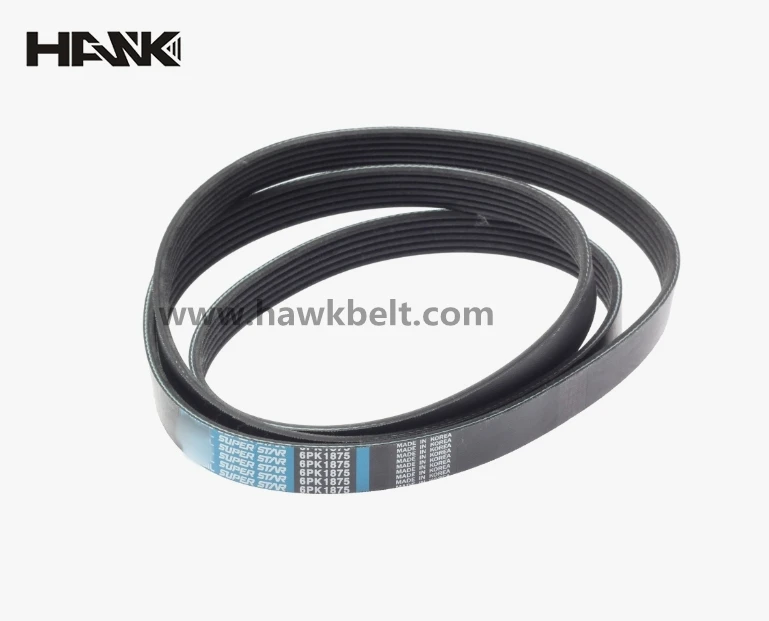- Arabic
- French
- Russian
- Spanish
- Portuguese
- Turkish
- Armenian
- English
- Albanian
- Amharic
- Azerbaijani
- Basque
- Belarusian
- Bengali
- Bosnian
- Bulgarian
- Catalan
- Cebuano
- Corsican
- Croatian
- Czech
- Danish
- Dutch
- Afrikaans
- Esperanto
- Estonian
- Finnish
- Frisian
- Galician
- Georgian
- German
- Greek
- Gujarati
- Haitian Creole
- hausa
- hawaiian
- Hebrew
- Hindi
- Miao
- Hungarian
- Icelandic
- igbo
- Indonesian
- irish
- Italian
- Japanese
- Javanese
- Kannada
- kazakh
- Khmer
- Rwandese
- Korean
- Kurdish
- Kyrgyz
- Lao
- Latin
- Latvian
- Lithuanian
- Luxembourgish
- Macedonian
- Malgashi
- Malay
- Malayalam
- Maltese
- Maori
- Marathi
- Mongolian
- Myanmar
- Nepali
- Norwegian
- Norwegian
- Occitan
- Pashto
- Persian
- Polish
- Punjabi
- Romanian
- Samoan
- Scottish Gaelic
- Serbian
- Sesotho
- Shona
- Sindhi
- Sinhala
- Slovak
- Slovenian
- Somali
- Sundanese
- Swahili
- Swedish
- Tagalog
- Tajik
- Tamil
- Tatar
- Telugu
- Thai
- Turkmen
- Ukrainian
- Urdu
- Uighur
- Uzbek
- Vietnamese
- Welsh
- Bantu
- Yiddish
- Yoruba
- Zulu
Dek . 14, 2024 23:39 Back to list
Understanding Belt Timing for Optimal Engine Performance and Maintenance Practices
Understanding Belt Timing The Essential Component of Engine Efficiency
The timing belt is a crucial component in an internal combustion engine, acting like a conductor in an orchestra to ensure that all parts work in harmony. It connects the crankshaft to the camshaft, synchronizing the rotation of the engine's components. This synchronization is essential for the engine to function efficiently and effectively. In this article, we will delve into the importance of the timing belt, its construction, maintenance, and the implications of neglecting this vital component.
What is a Timing Belt?
A timing belt is a reinforced rubber belt with teeth or grooves that engage with the gears of the camshaft and crankshaft. Its primary function is to maintain the correct timing of the engine's valves as they open and close in relation to the pistons in the cylinders. This precise timing ensures optimal performance, fuel efficiency, and reduced emissions. Most modern automobiles use timing belts, though some still employ timing chains.
Construction of a Timing Belt
Timing belts are typically made of high-quality rubber, reinforced with materials such as nylon and Kevlar. The teeth on the belt are molded into the rubber, allowing for a secure grip on the camshaft and crankshaft gears without slipping. This design minimizes the risk of timing misalignment, which can lead to engine damage. The lifespan of a timing belt can vary based on usage and manufacturer recommendations but generally spans between 60,000 to 100,000 miles.
Symptoms of Timing Belt Failure
Understanding the signs of potential timing belt failure is essential for any vehicle owner. Common indicators include
1. Engine Misfires If the timing belt slips or breaks, the engine may misfire, leading to a rough running condition. 2. Unusual Noises Grinding or ticking noises coming from the engine compartment can signal a problem with the timing belt or its associated components. 3. Oil Leaks Oil leaks near the timing belt cover may indicate a seal failure, which could lead to belt deterioration. 4. Difficulty Starting A worn or damaged timing belt can hinder the engine's ability to start properly.
belt timing

Neglecting these symptoms can lead to significant engine damage, making timely inspections critical.
Maintenance and Replacement
Regular maintenance is vital to ensure the longevity of the timing belt. Inspecting the belt during routine vehicle maintenance can help identify potential problems before they escalate. Most manufacturers recommend replacing the timing belt at specified intervals, often between 60,000 and 100,000 miles. However, it's crucial to consult the owner’s manual for specific recommendations related to your vehicle.
When replacing the timing belt, it is advisable to also replace other components via the same service, such as the water pump, tensioner, and idler pulleys. This is beneficial because these parts are usually accessed during the timing belt replacement, thus preventing unnecessary future repairs.
Consequences of a Broken Timing Belt
If a timing belt breaks while the engine is running, it can cause catastrophic damage, especially in interference engines where pistons and valves occupy the same space. Broken timing belts can lead to bent valves, damaged pistons, and, in severe cases, complete engine failure. This is why acknowledging the importance of timely replacements and maintenance is paramount.
Conclusion
The timing belt is more than just a simple component; it is the heartbeat of your engine. Its role in maintaining the proper synchronization between the crankshaft and camshaft is crucial for ensuring engine performance and longevity. By understanding its importance, signs of wear, and maintenance requirements, vehicle owners can avoid costly repairs and ensure their engines operate smoothly. Regular inspections and timely replacements will not only enhance your vehicle's efficiency but also contribute to a safer and more reliable driving experience. Investing a little time in your timing belt today can save you significant trouble tomorrow.
-
Korean Auto Parts Timing Belt 24312-37500 For Hyundai/Kia
NewsMar.07,2025
-
7PK2300 90916-T2024 RIBBED BELT POLY V BELT PK BELT
NewsMar.07,2025
-
Chinese Auto Belt Factory 310-2M-22 For BMW/Mercedes-Benz
NewsMar.07,2025
-
Chinese Auto Belt Factory 310-2M-22 For BMW/Mercedes-Benz
NewsMar.07,2025
-
90916-02660 PK Belt 6PK1680 For Toyota
NewsMar.07,2025
-
drive belt serpentine belt
NewsMar.07,2025

